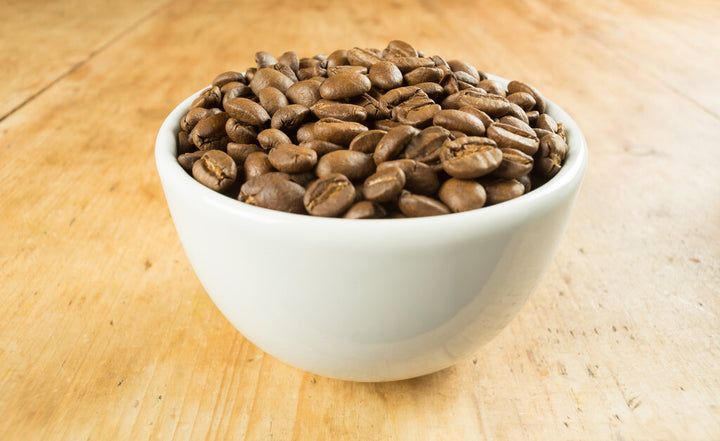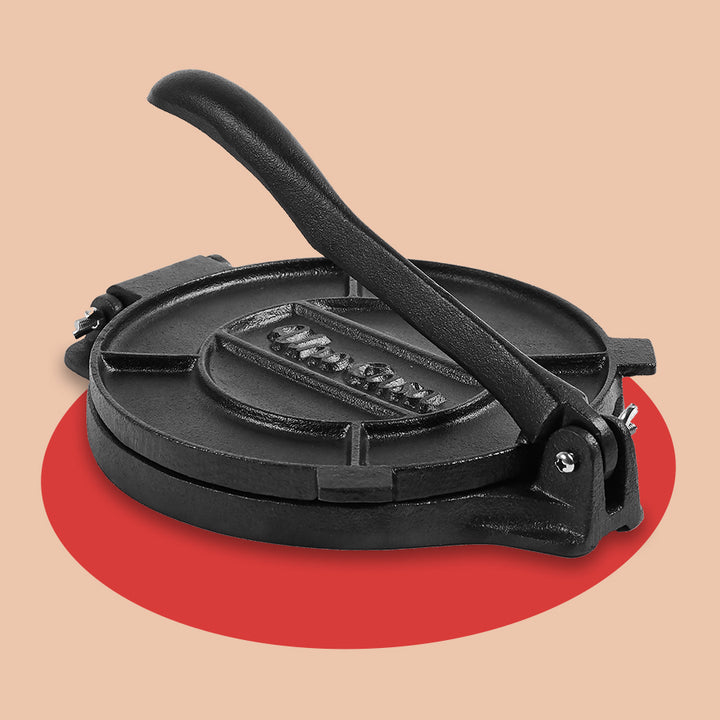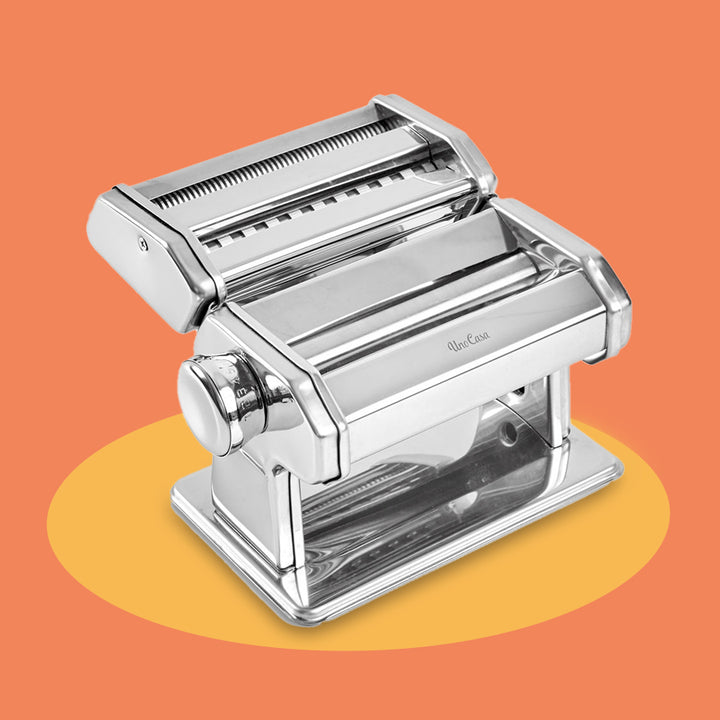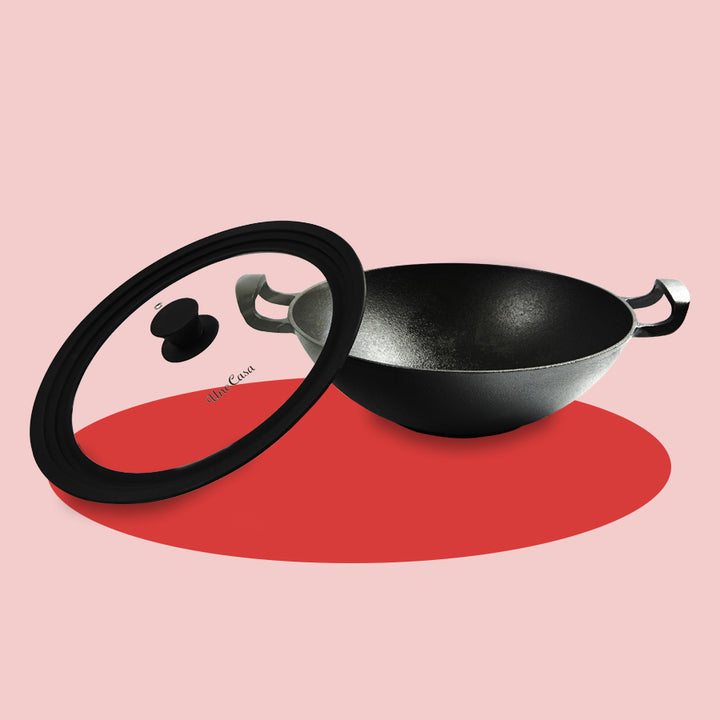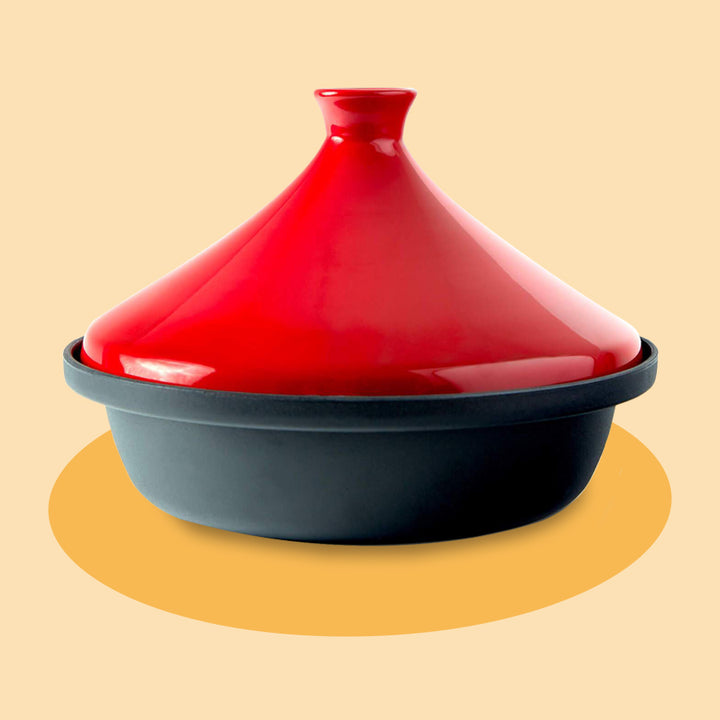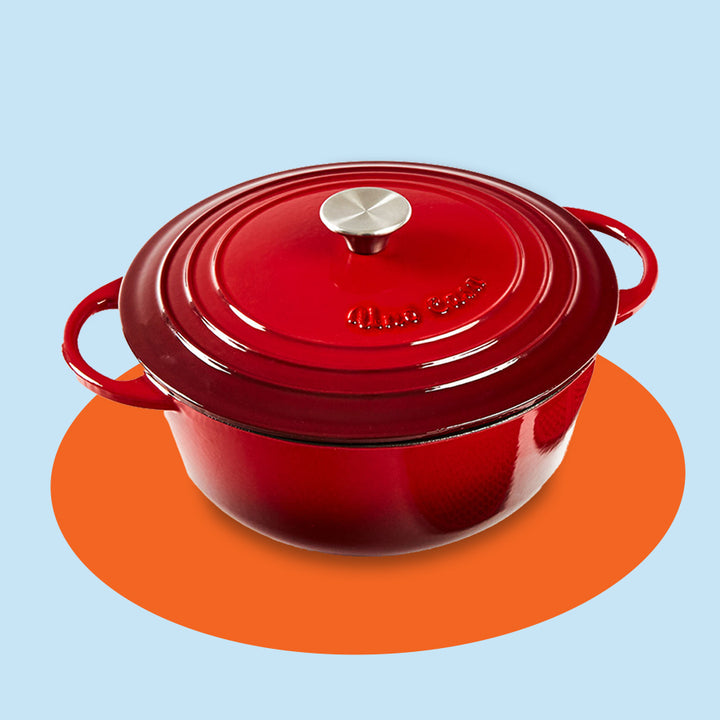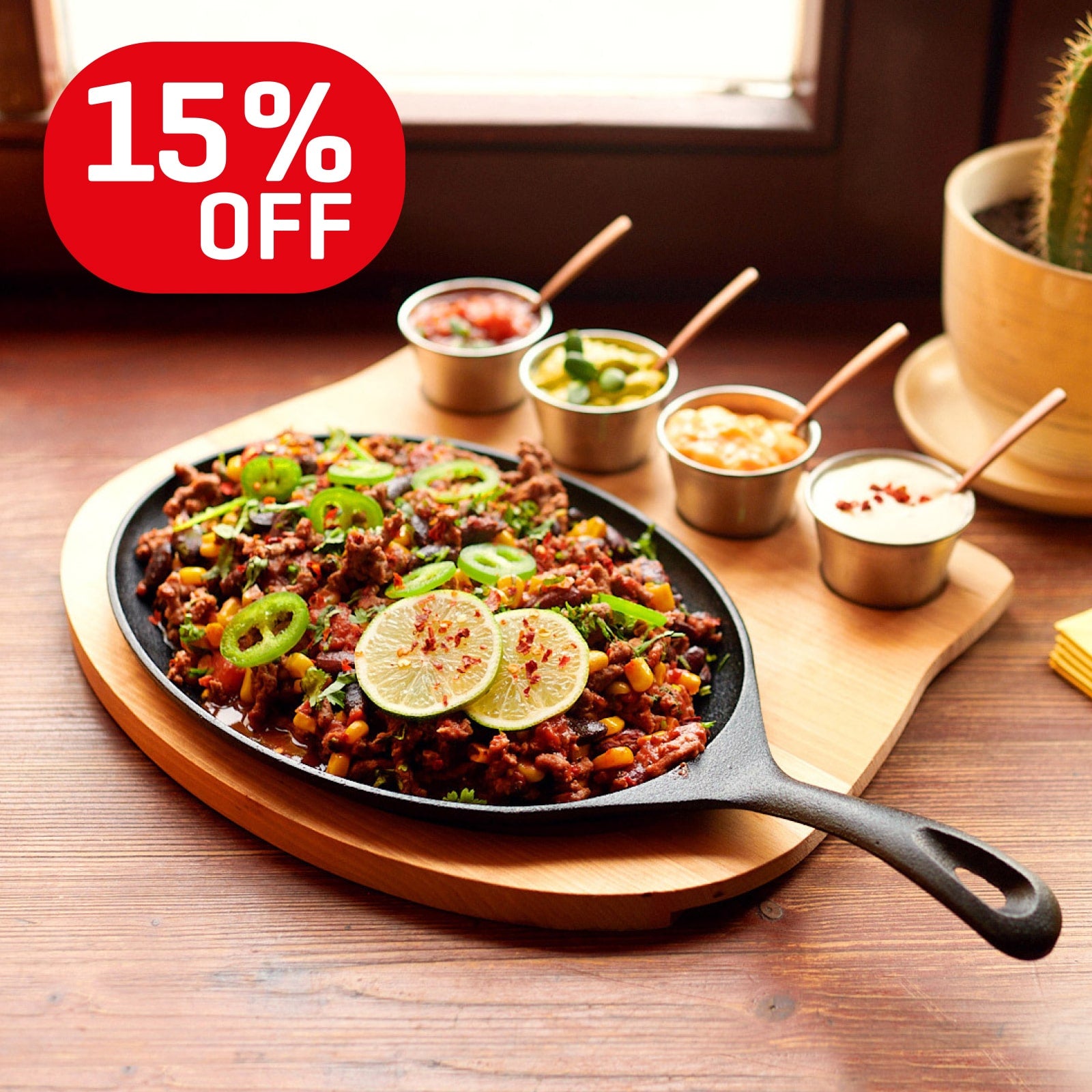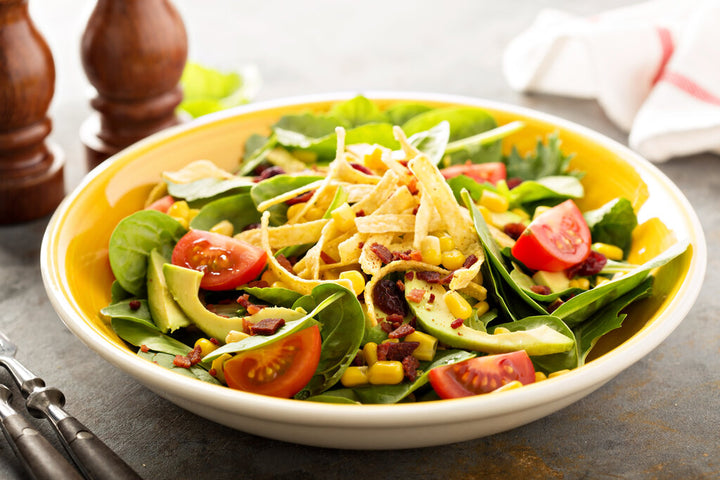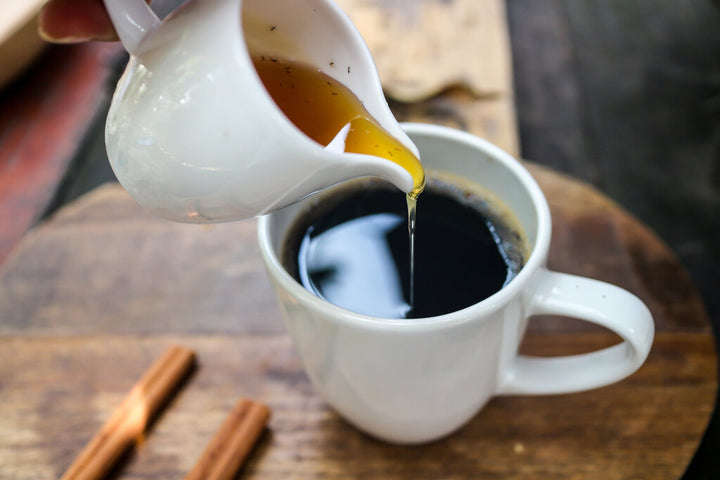Pour-Over Vs. French Press: Which Brews A Better Cup?
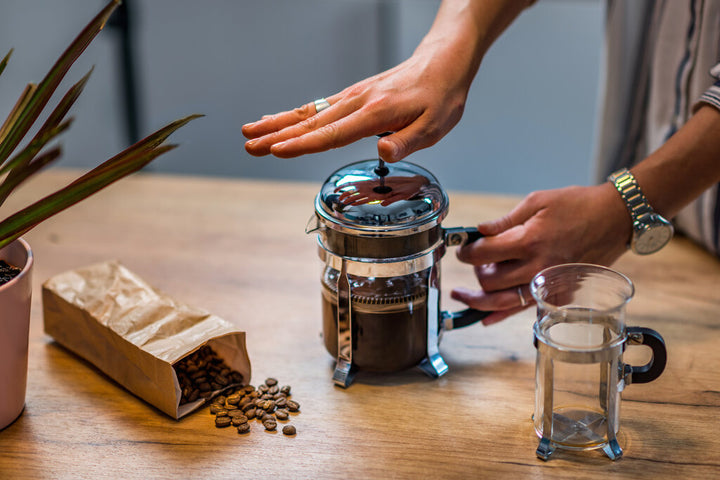
Both French press and pour-over coffee have become popular once again, but which of these classic brewing methods reigns supreme? Check out our complete breakdown in our coffee brewing methods comparison below.
#1: Design: How it works
French Press
French presses come in many sizes, shapes, and materials, but they're often glass, with a stainless steel filter attached to a hard plastic plunger lid that you use to push the grounds to the bottom of the press as your coffee brews.
You can find single-cup presses or multi-cup presses that come in handy if you're hosting houseguests or have a big family of coffee drinkers. The first French press is an Italian invention, patented in 1929, though earlier versions were a French invention, explaining its name.
Pour-Over
The pour-over brewing method has a long history and a straightforward brewing method, which has enjoyed a rebirth over the last several years as automatic coffee makers continue to fall out of fashion.
The pour-over brewer sits atop a coffee mug, and hot water pours over the coffee grounds sitting in a paper or reusable filter, brewing and draining into the cup through a hole in the bottom.
Though cloth-filtered pour-overs date back centuries, German Melitta Bentz invented the modern, paper-filtered version in 1908.
#2: French Press Vs. Pour-Over: Brewing Methods
French Press Method
How does a French press work?
The French press, also known as an immersion coffee brewer, extracts the coffee beans' flavor by allowing the coffee grinds to sit directly in hot water for a few minutes as it brews.
Because of this prolonged, direct contact, the French press tends to produce heavy, rich coffees with a load of body.
How to Brew French Press Coffee
- Preheat your french press by pouring hot water into the press and pushing down the plunger into the hot water. The water temp for french press should be slight before boiling. Leave for 30 sec, then dump the hot water.
- Grind your coffee to a medium grind and place 20g into the coffee press' brewing chamber.
- Bring your water to a boil, pour 300ml of hot water into the French press, and wet all the grinds well. Stir if necessary.
- Place the lid on the press with the plunger entirely pulled up and out of the water. Set a timer for 4 mins and wait.
- When the timer finishes, take the lid off the French press and stir the floating grounds on top of the water. Use a large spoon to remove as much foam as you can and toss it into the sink.
- Submerge the plunger to the bottom of the press, and pour your French press coffee out the spout and into a mug!
Pour-Over Coffee Method
Pour-over is an infusion brewer, meaning unlike the immersion of the French press, we extract pour-over coffee by pouring fresh hot water steadily over the coffee grinds.
The pour-over method is also known as manual drip, as it's almost identical to a drip coffee machine, minus the use of a machine.
The shorter contact time in the brewing process between the coffee grinds and water makes a slightly acidic cup that is much less rich than a French press coffee. The paper filters also block much more of coffee's natural oils from getting into your cup, giving a very clean, light result.
How to Brew Pour-Over Coffee
- Bring at least 400ml of water to a boil, then place your filter inside the pour-over coffee maker. The water temp for pour over is similar to French press. You can let the water boil and then leave it for a minute.
- Place the maker on top of your mug, then pour some hot water in a circular motion to entirely wet the paper filter. Dump the remaining water in the sink.
- Grind 18g of fresh beans to medium-fine, and place them into the moistened filter. Lift the pour-over and lightly shake it until the grinds flatten, then replace over your mug.
- Re-boil your water and pour 50ml of water in a spiraling motion around the filter to soak all the coffee grinds. Let the grinds "bloom" to remove excess CO2 from the beans for 30 sec.
- Pour the rest of the hot water, around 288ml total, into the filter. Make slow, spiraling motions starting in the middle of the grinds and working your way to the outer edges of the filter. Repour 2 or 3 more times as the water recedes - again, you want the total water poured around 288ml.
- The brewing process should take approximately 3 mins - any more than this means your coffee grinds are too fine or you're pouring your water too slowly. Too fast means the grinds are too coarse, or you're pouring too quickly.
- Lift the brewer off of your mug and place it in the sink or over a small bowl. Enjoy your pour-over coffee!
#3: Overall Brewing Time: Which is Faster?
French Press
The French press takes around 5 minutes from start to finish - between the 4-minute brew-time and the preheating process, it's one of the most simple, short, and straightforward coffee brewing methods.
Pour-Over
Between the French press vs. pour-over brewing methods, there is a barely noticeable difference in time. Making a cup with a pour-over coffee maker should take around 4 minutes total, with a quick preheat of the filter and a 3-minute brewing process.
#4: Convenience of Use
French Press
The French press is effortless to use - even the most inexperienced baristas will struggle to mess up a cup!
There are some variations in how to do the process just right, but using a French press can be instructed in 2 words: press down.
That said, using the wrong setting for coffee grinds, leaving the coffee steeping for too long or too short of a time, and pressing the plunger during the right part of the process all matter, too.
Once the user learns a few simple basics, it's easy to see one of the biggest benefits of French press - it brews a consistently great coffee!
Pour-Over
Between French press or pour-over, the pour-over method is still quite convenient but requires a little more tinkering and skill than the French press.
For a French press, you dump then leave the coffee to brew, whereas the process of brewing a cup of pour-over is more involved, requiring you to pour the water in a specific direction with particular attention to the timing.
Though it's a simple enough process to learn, inexperienced users will find a bit of a steeper learning curve as they learn and become accustomed to the brew system.
#5: Brew Control
French Press
One of the bigger advantages of French press coffee also presents a bit of a downside - though the French press brewing process is conveniently easy, it doesn't offer much control over the coffee brew.
Using coffee beans with a coarse grind will help get a more even brew, and the mesh filter pushes some of the particles and sludge out of your coffee. A French press cup with always be strong and full of bold, rich coffee oils. Leaving the press to brew for shorter times will give you a weak cup, but it will still contain silt and oil.
Pour-Over
One of the benefits of pour-over coffee is that it offers more brewing control than the French press, as you control the water, better yet with a gooseneck kettle, directly using your pouring technique.
You can also choose different pour-over coffee makers that vary in the number of holes, hole sizes, and conical or flat-bottomed shapes. These all affect the speed of flow through the maker, and some are more forgiving than others.
In some ways, you're a little limited with your pour-over in the opposite ways as you are a French press - a pour-over won't allow rich coffee oils and particles through the more delicate filters, so they'll always result in a relatively light, bright, cup of java!
#6: Overall Taste
French Press
Does French press coffee taste better? When you talk about taste in a cup of pour-over coffee vs. French press brew, you need to be careful and tread lightly to avoid starting World War 3. That's because people are crazily committed to their favorite brew method, and no one agrees about what flavors make the very best cup of coffee.
No matter your stance on flavor preference, one thing is very true - these two coffee makers build very different tasting cups. Which we think is great, because it offers something for everyone!
Calling French press coffee full-bodied almost feels like an understatement. A French press cup contains heavy, rich coffee oils and a dark, cloudy look. A French press cup offers the perfect kick in the teeth to start the morning off right, but with a downside - it tends to get a little sludgy, leaving the sediment in the last few sips of your cup.
French press coffee is bitter with a very heavy mouth-feel, which people either love or love to hate.
Pour-Over
Is pour-over coffee better? You can't enter a third-wave coffee shop these days without eyeing at least one pour-over coffee maker in session.
What makes the pour-over so popular is the flavor, which lives in an entirely different world than the French press. The pour-over brewing method is light and filtered, which is especially helpful when showcasing the intricacies of a particular bean's flavor, allowing even delicate light roasts to shine.
Usually, this means most pour-over is drunk black, though that's certainly not a hard and fast rule.
The same people who love French press likely won't be as jazzed about drinking pour-over, as the taste is much lighter.
#7: Materials Needed
French Press
The French press is simple - all you need are some coarsely-ground beans, hot water, and your press.
Pour-Over
A pour-over brewer doesn't require much either, but it can create a little more waste as it uses paper filters, but these filters are biodegradable unless made from other materials, like linen.
Final Notes & Which coffee brewing method is the healthiest?
Coffee filters seem to make the biggest difference when it comes to coffee's impact on our health.
Two types of coffee oils may impact and raise harmful cholesterol levels. If you're concerned about affecting your heart health or overall cholesterol, you may want to consider sticking to the filtered pour-over cups that don't allow any oils into your cup. This could be a good enough reason to determine why is pour over coffee better.
Overall, we think both of these brewing methods have lots to offer, and the best choice for anyone largely depends on your taste buds - if you like bold and bitter, go with a French press, but for a light, bright, slightly acidic cup, try a pour-over!
Care to learn more? Check out our article on espresso vs coffee!
Leave a comment
Comments will be approved before showing up.
Also in Tips
